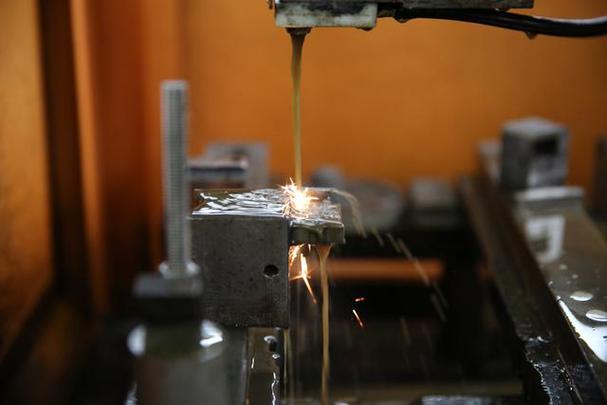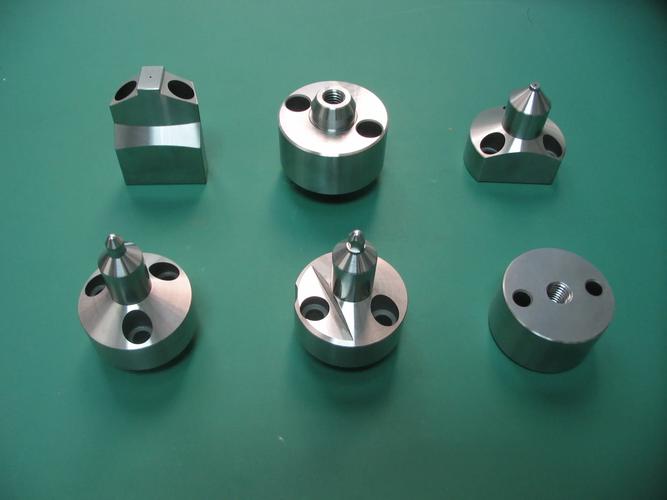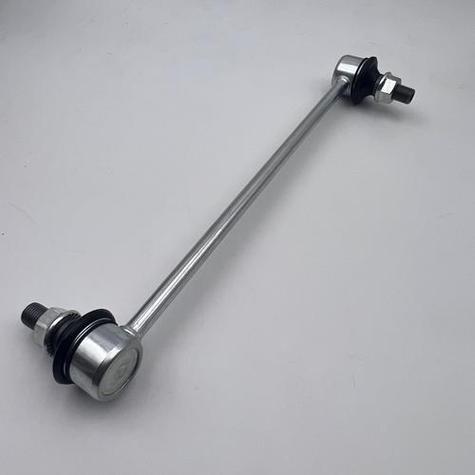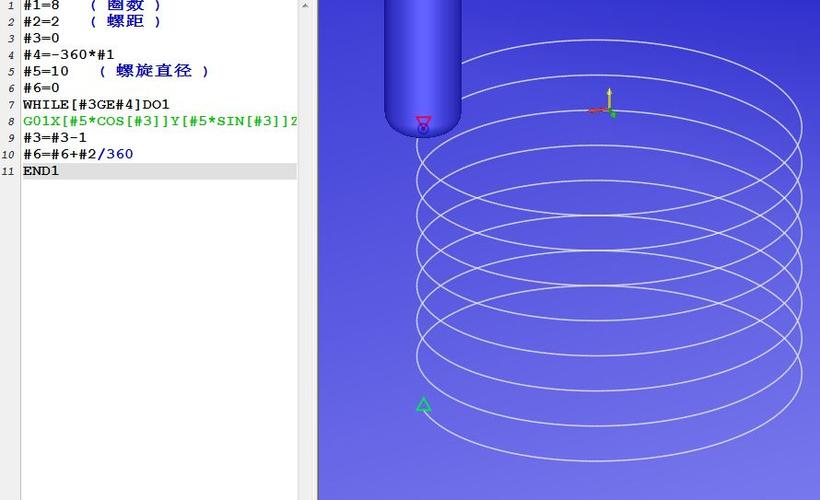1. Technical Origin and Core Breakthrough: The Evolution from Electrical Discharge to Precision Machining
The technological roots of wire electrical discharge machining (WEDM) can be traced back to the foundational research of electrostatics in the 18th century. In 1770, British scientist Joseph Priestley first observed that electric sparks caused corrosion of electrode materials, a phenomenon that became the theoretical starting point for discharge machining. The key turning point that propelled the technology into practical application came in the 1940s when Soviet scientists, the Lazarenkos, developed a pulse-discharge-based machining method for difficult-to-machine materials like tungsten alloys, overcoming the bottlenecks of traditional mechanical machining for hard and brittle materials. In 1967, the first CNC wire cutting machine was born in the Soviet Union, achieving the leap from manual to automated operation through punch card-controlled electrode wire trajectories. By the 1980s, with the popularization of CNC systems and deionized water cooling technology, the machining accuracy broke through ±0.001mm, and the speed increased to 64mm²/min, laying the foundation for modern precision manufacturing.

2. Physical Essence and System Deconstruction: The Micro-Mechanism of Discharge Erosion
The core principle of wire cutting is electro-thermal synergistic material erosion. When a pulsed voltage of 100-300V is applied between a brass electrode wire (0.02-0.3mm in diameter, often zinc-plated for enhanced conductivity) and the workpiece, the inter-electrode medium (deionized water) is ionized to form a discharge channel, generating instantaneous temperatures exceeding 10,000°C that vaporize and eject the contacted metal. This process features three technical characteristics:
- Non-contact machining: The electrode wire maintains a constant gap of 0.01-0.1mm from the workpiece, avoiding mechanical stress in traditional cutting, making it ideal for thin and fragile parts (such as 0.1mm-thick aerospace blades);
- Material adaptability: Relying solely on electrical conductivity, it can machine quenched steel with hardness up to HRC65, titanium alloys, cemented carbides, and even semiconductor silicon wafers (requiring surface metallization pretreatment);
- Multi-axis 联动 precision: Modern machines (e.g., Sodick ALC series) can machine complex cavities with taper through four-axis linkage (X/Y translation + U/V deflection), achieving a minimum inner corner radius of 0.05mm.
The technological evolution of key components is notable:
- Electrode wire system: Developed from single brass wire to steel-core brass wire (improving tension stability) and galvanized wire (reducing electrode wear), combined with automatic wire threading (AWT) technology to resume machining within 10 seconds after wire breakage;
- Servo control system: Mitsubishi Electric’s intelligent pulse power supply dynamically adjusts discharge frequency (1-500kHz) according to material thickness, maintaining ±2μm precision when cutting 50mm-thick die steel;
- Dielectric fluid circulation: The closed-loop filtration system uses micron-level filters and ion exchange resins to ensure conductivity <5μS/cm, preventing stray discharge from affecting accuracy.
3. Process Optimization and Design Criteria: From Geometric Constraints to Production Efficiency
Successful wire cutting machining follows these engineering principles:
1. Golden Rules of Geometric Design
1. Golden Rules of Geometric Design
- Inner corner radius R ≥ electrode wire radius + discharge gap (e.g., 0.1mm electrode wire requires R ≥ 0.06mm);
- Depth-to-width ratio of deep narrow slots should be >1.5x the electrode wire diameter (to avoid wire breakage), with recommended “pre-drilling before cutting” process;
- When stacking workpieces, leave 3-5mm spacing for heat dissipation to prevent thermal deformation accumulation.
2. Material-Parameter Matching Matrix
| Material Type | Recommended Electrode Wire | Pulse Width (μs) | Machining Speed (mm²/min) | Surface Roughness (μm) |
|---|---|---|---|---|
| Pre-hardened Die Steel | 0.2mm Galvanized Brass Wire | 20-50 | 15-25 | Ra0.8-1.6 |
| Titanium Alloy | 0.15mm Molybdenum Wire | 10-30 | 8-12 | Ra1.6-3.2 |
| Cemented Carbide | 0.3mm Steel-Core Copper Wire | 50-100 | 5-8 | Ra0.4-0.8 |
3. Efficiency Enhancement Strategies
- Step cutting method: Use high current (10-20A) for rough machining to form the shape quickly, then switch to low current (2-5A) for finishing, saving 30% processing time;
- Adaptive control technology: Makino U6’s “intelligent pulse” system real-time monitors discharge status and automatically skips arcing areas to reduce wire breakage risks;
- Automated integration: Wire cutting cells equipped with robot loading/unloading (e.g., Fanuc Alpha C600iA) enable 24-hour unmanned production, suitable for mass production of precision parts.
4. Industry Application Map: Manufacturing Revolution from Micron-Scale to Mass Production
Wire cutting is reshaping production paradigms in key industries:
- Aerospace: In aircraft engine manufacturing, it machines cooling holes in turbine blades (0.3mm diameter, 15mm depth) with ±5μm precision; for titanium alloy honeycomb sandwich panels in satellite structures, five-axis linkage achieves one-time forming of complex curved surfaces;
- Medical Precision: In titanium alloy prosthetic machining for artificial joints, wire cutting creates bionic trabecular structures with surface roughness Ra≤0.4μm to promote bone cell adhesion; in microelectronics, it cuts 0.1mm-thick silicon-based sensor chips with edge chipping controlled within 5μm;
- Mold Industry: For the concave die edges of automotive panel molds, multi-pass cutting (roughing→semi-finishing→finishing) directly achieves mirror-polished surfaces (Ra≤0.2μm), eliminating traditional grinding processes;
- Emerging Fields: In new energy batteries, it cuts 0.05mm-thin stainless steel foils for battery tabs with edge perpendicularity ≤0.01mm; in optics, it machines diamond tools for aspherical lenses with nanometer-level precision.
5. Technical Boundaries and Future Breakthroughs: Evolution from Limitations to Innovation
Despite its advantages, wire cutting faces technical bottlenecks:
- Material limitations: Inability to machine non-conductive materials like ceramics and plastics directly, requiring pretreatment such as magnetron sputtering copper plating;
- Low efficiency for thick workpieces: Machining speed drops below 5mm²/min for steel over 100mm thick, with significant electrode wire wear;
- Environmental challenges: Waste cutting fluids contain metal ions and oil pollutants, requiring supporting EDM wastewater treatment systems (e.g., membrane separation + ion exchange technology).
Technological innovations are breaking traditional boundaries:
- Hybrid machining technology: Fujitsu’s “wire cutting-laser composite machine” preheats workpieces with laser to reduce discharge energy demand, increasing titanium alloy machining speed by 40%;
- Electrode wire revolution: Research on carbon nanotube-coated electrode wires aims to reduce electrode wear rate from 0.01% to 0.001% while improving cutting speed;
- Digital transformation: AI-based process databases (e.g., GF Machining Solutions’ CUT P series) automatically recommend electrode wire diameter and pulse parameters based on CAD models, enabling “one-click programming”.
6. Selection Guide: How to Match the Optimal Wire Cutting Solution
When choosing a service provider, follow the “three-dimensional evaluation model”:
- Equipment capability: Confirm machine precision grade (e.g., Seibu MEX15’s ±1μm level), maximum machining thickness (e.g., Mitsubishi MV4025S supports 500mm), and electrode wire diameter range (0.02-0.3mm covering micro/nano to medium-thick parts);
- Process experience: Review case studies of similar material machining (e.g., surface treatment for medical titanium alloy parts) and capability for complex structures (e.g., injection molds with 30° taper);
- System certification: AS9100 for aerospace, ISO13485 for medical, and ESD anti-static workshop environments for precision electronics.
Conclusion: The Underlying Technical Revolution in Precision Manufacturing
Wire cutting machining is more than just a manufacturing process; it is the underlying technical backbone of modern precision manufacturing. From the electrostatic corrosion observations in 1770 to the AI-driven intelligent wire cutting systems in 2024, its development exemplifies the complete closed loop of “scientific discovery-technological innovation-engineering application”. As demands for precision machining in new materials, new energy, and microelectronics continue to grow, wire cutting technology will redefine the future boundaries of “micron-level manufacturing” through intelligent, hybrid, and green innovation paths. For engineers, understanding its physical essence, mastering process optimization logic, and keeping pace with technological trends are the key keys to unlocking complex manufacturing challenges.




